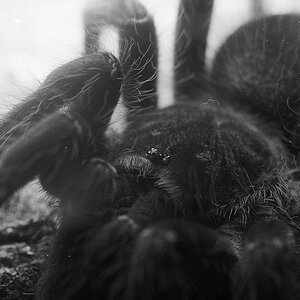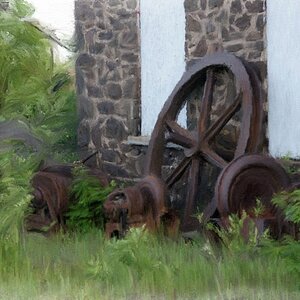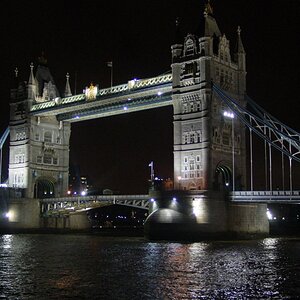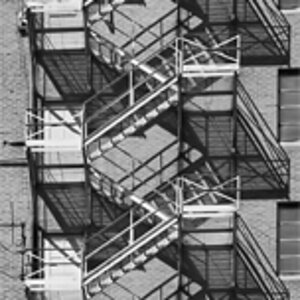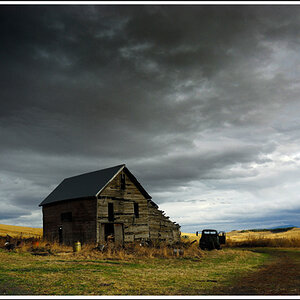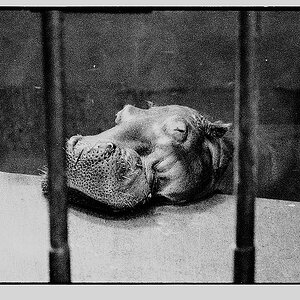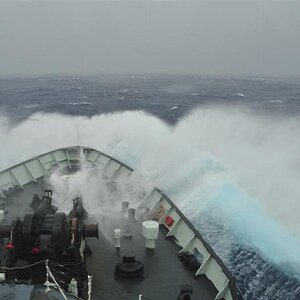raaskohx10
TPF Noob!
- Joined
- Dec 21, 2012
- Messages
- 152
- Reaction score
- 15
- Website
- www.flickr.com
- Can others edit my Photos
- Photos OK to edit
I don't know whether or not this question has been asked before. Just wondering why do modern DSLRs have so many focal points (my 550D has 9). I use the one at the centre, aim at my subject, lock the focus, recompose (if needed), and shoot. Simple. Any idea why camera manufactureres give so many focal points? Just to save our time from re-composing after locking focus? This question has come to my mind after reading complaints from 5d mark III users who say their pictures are not coming sharp (and they later find out that it was due to automatic selection of focal points by the camera). How do you guys shoot? Select the middle focal point (as it focusses both vertically and horizontally) or let the camera decide which one to choose?


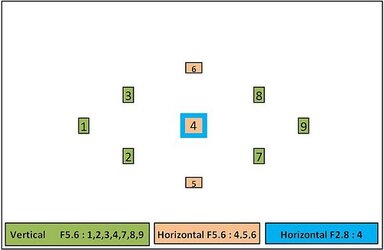
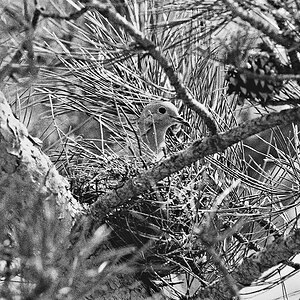

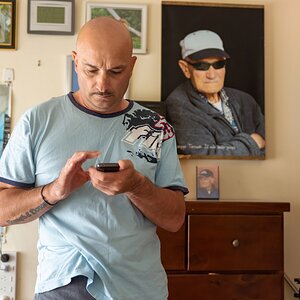
![[No title]](/data/xfmg/thumbnail/32/32700-18534997be82e5150c566a9e67a00471.jpg?1619735602)
